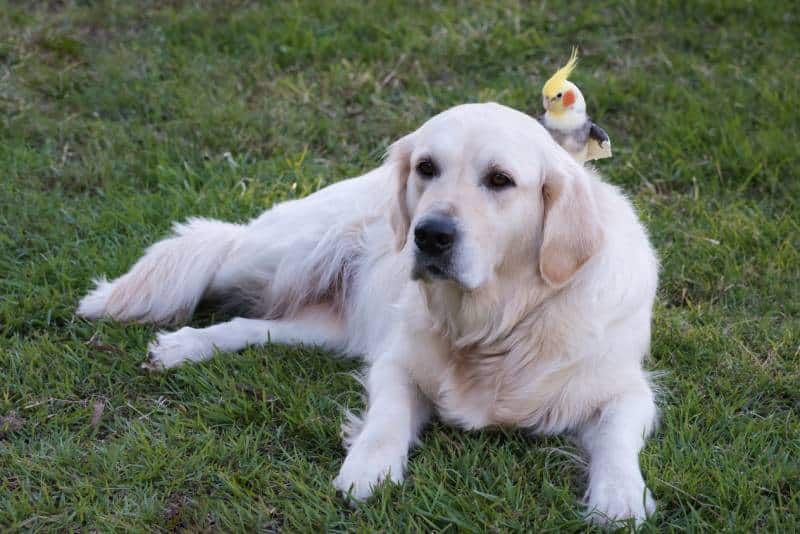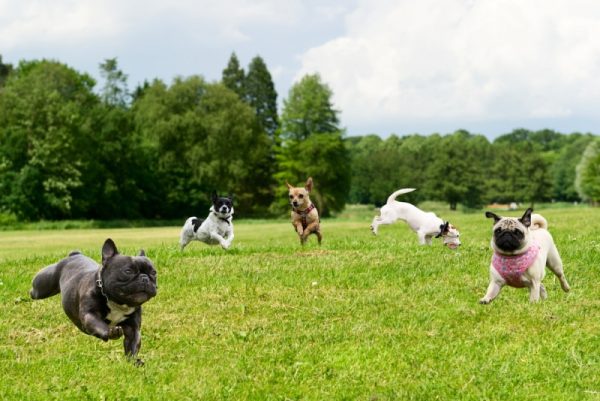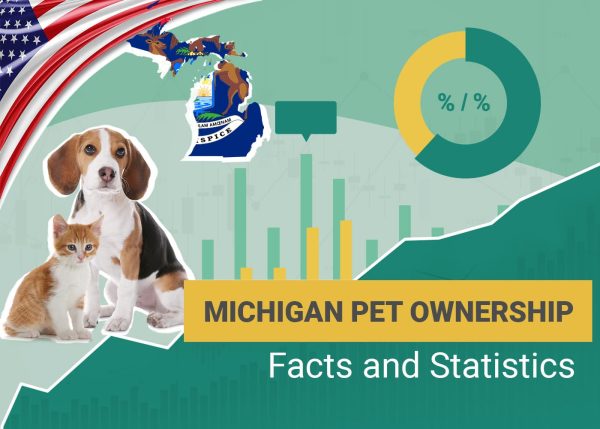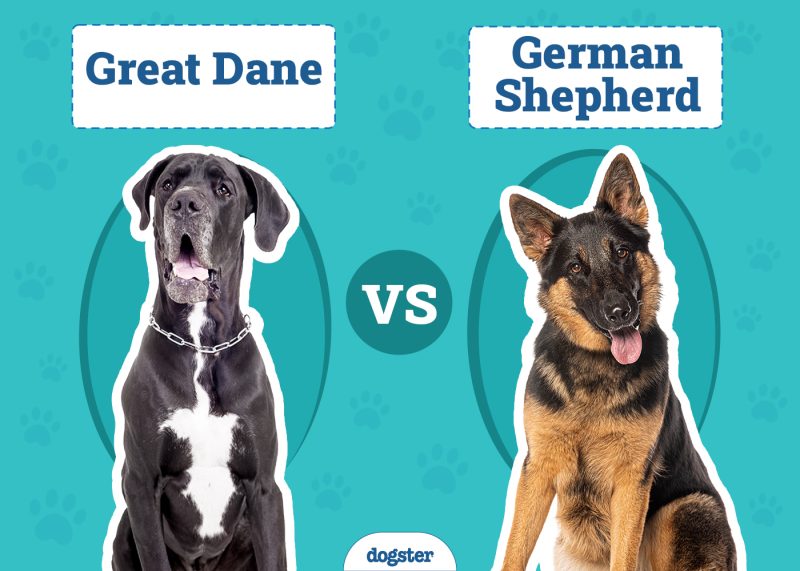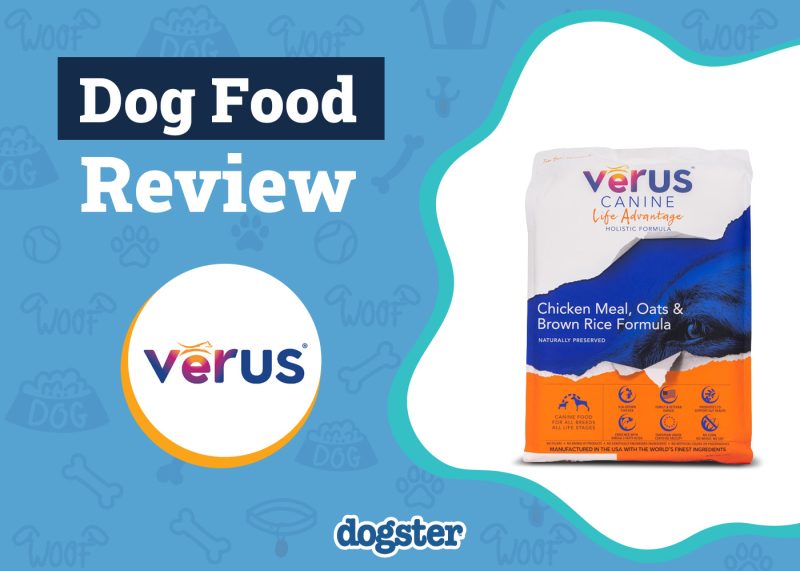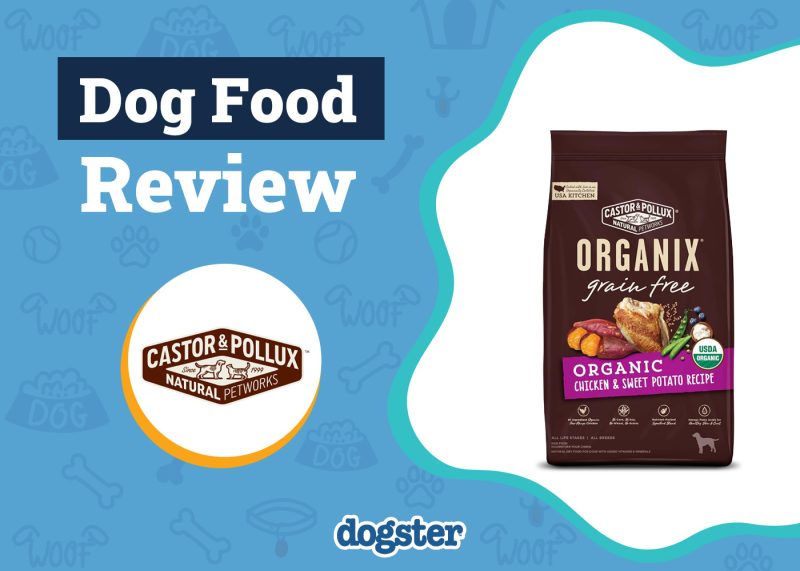In this article
Though their lives are shorter, dog aging isn’t unlike human aging. We get random aches and pains, go to bed earlier, and may not want to socialize and party like we used to. Dogs experience a lot of the same things, including sleeping more, playing less, and taking life a little more leisurely.
Depending on your dog’s breed and size, age 6 is middle-aged, mature adult, or just about to enter the senior years and comes with some unique care needs. Knowing how to care for your aging dog and improve their quality of life can help them—and you—get the most out of their remaining years.

How Old Is a 6-Year-Old Dog in Human Years?
We’ve all heard the “7-year rule” that estimates a dog’s year as roughly seven human years. That’s a simple way to compare their aging process and understand life stages, but it’s not entirely accurate.
Different breeds of dogs age differently. The idea of “dog years” is more aligned with their weight than age, as larger dogs age faster. For example, one could estimate that a 20-pound adult dog of 5 years old is about the age of a 30-something human, whereas an adult dog that’s over 90 pounds is more like the age of a 40-something human.
So, determining when your dog is a puppy, adult, and senior varies by size, breed, and their estimated lifespan. The American Animal Hospital Association (AAHA) defines the five dog life stages: puppy, young adult, mature adult, senior, and end-of-life stage. Rather than giving a cut off point of dogs’ years, the AAHA determines that a dog is considered a mature adult dog until the last 25% of estimated lifespan. This means that if a dog’s lifespan is 10, they will be classed as a mature adult until they are 7.5 years of age.
Most dogs are puppies until they reach 1 year, when their rapid growth stops, but knowing when your dog is a senior can be more complicated. For a small breed, 6 years old is an adult, while a giant breed is about to enter senior years around the same age.
*Please note: The numbers in the image below are just examples; as stated above, the exact age depends on a variety of factors*
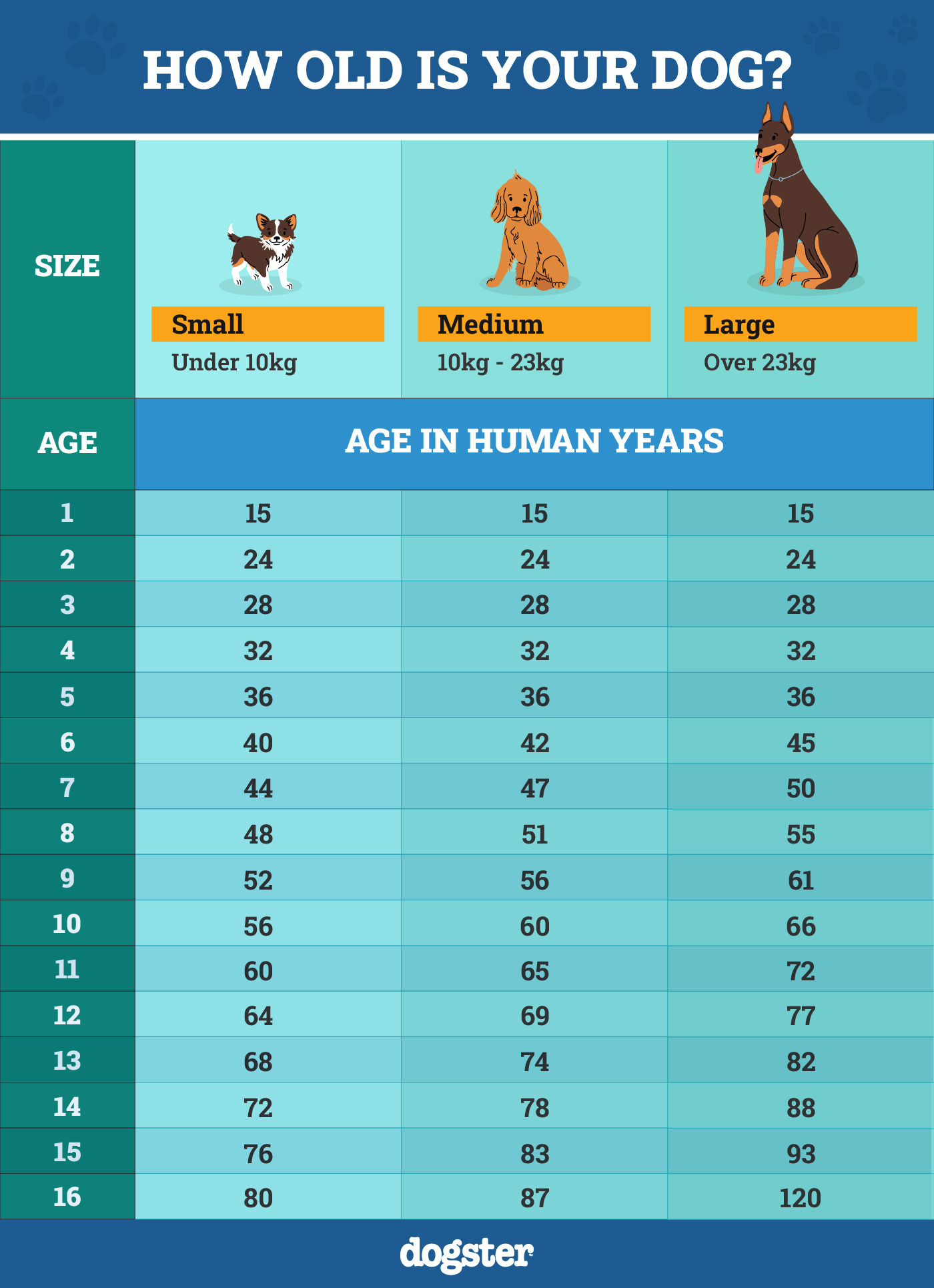
Care for an Adult or Senior 6-Year-Old Dog
It’s important to understand how to provide the best care to your mature adult dog to make the most of your dog’s time.
Nutrition
Your dog’s dietary needs change as they age. With most dog breeds, an adult maintenance formula is usually enough until they hit their true senior years. Typically, a senior food has fewer calories, as well as some ingredients that may help with aging. However, if you have a smaller breed that’s still active, switching to a senior food may not serve your dog’s needs. You should speak to your vet if you’re considering switching your dog’s diet.
If your giant dog breed is hitting those golden years and slowing, a senior food can offer a lot of additional nutrition to help them stay vital. For example, senior food that’s formulated for easy digestion, joint health, or brain health may give your dog support for comfort, mobility, and alertness. Every dog is unique in their nutritional needs, so we recommend reaching out to your vet for advice.
If you need to speak with a vet but can't get to one, head over to PangoVet. It's an online service where you can talk to a vet online and get the personalized advice you need for your pet — all at an affordable price!

Activity and Training
Whether your pup is a young 6-year-old or a mature dog, training and enrichment are crucial to keep your dog happy, engaged, and functional. If you walk your dog regularly, keep it up as they age. Pay attention to your dog’s comfort level, however. You may notice them slowing down or sleeping more after activity, so you may need to adjust the duration or intensity of your exercise sessions.
Playtime is also important as your dog ages. While they may not be up for hours of fetch or tug like they were as pups and juveniles, they still enjoy the bonding time and mental stimulation. Again, gauge your dog’s physical capability and keep sessions short if necessary.
Puzzle toys are a great choice to keep your dog’s brain sharp, and they come in different difficulty levels to suit all ages. If your dog struggles with commercial puzzle toys, try easier games like “hide and seek” with treats. Simply hide treats around your house (using your judgment for how hard your dog can work to find them) and tell your dog to “search.” Praise them for each treat they find.
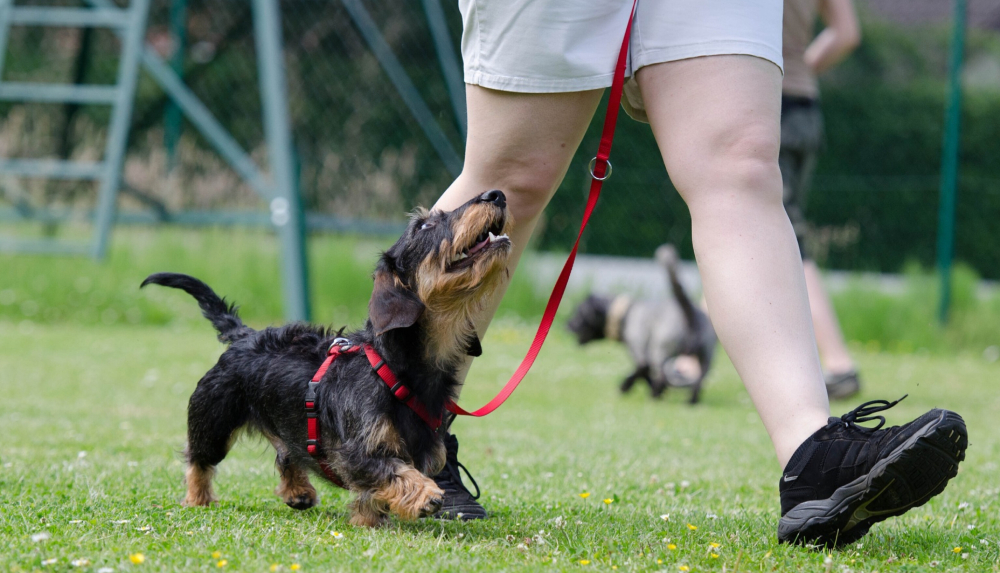
Health
Puppies need a lot of vet appointments in their first 6 months to check development and get preventative care, such as vaccinations and parasite control, but it slows after that. Healthy adult dogs usually need two scheduled wellness exams yearly to get a checkup and vaccinations. Parasite prevention, such as heartworm and flea and tick medication, should be given all year round.
However, as your dog gets closer to their senior years, they may develop chronic health conditions that require more frequent checkups. Some vets also recommend blood work, dental, and blood pressure checks every 6 months from approximately 6 years of age. As your dog ages, keep open communication with your vet about changes to their weight, appetite, energy levels, and behavior to see if more care is needed.

Managing Dementia in the Future
Canine cognitive dysfunction (CCD), which is also called doggie dementia, often strikes in dogs’ senior years. It’s progressive, so the signs start subtly and worsen over time. Caring for your dog’s brain as they become seniors is important to help them maintain a better quality of life.
Initially, CCD has signs like disorientation, changes to the sleep-wake cycle, house soiling, reduced social interactions, and pacing. Often, these signs are subtle and easily mistaken for other conditions, such as arthritis or simply old age.
If you notice any signs of CCD or abnormal behaviors, scheduling an exam with your vet is important. Some signs may be due to other treatable conditions. Your vet can recommend some routine and household modifications to make your dog more comfortable, as well as medications to slow down the progression of CCD.


Conclusion
Even if your dog doesn’t have the same spunk as they used to, you can help them continue to live a full and happy life with the right care as they get up there in years. Whether your pup is a spry 30-something or a mature adult dog at 6 years old, it’s never too early to start planning their care for their golden years and keeping an eye on their health and wellness.
See also:
- When to Stop Looking for a Lost Dog: Considerations Explained
- 15 Classic Hound Dog Breeds (With Pictures)
Featured Image Credit: whiutejekkybeans, Shutterstock

